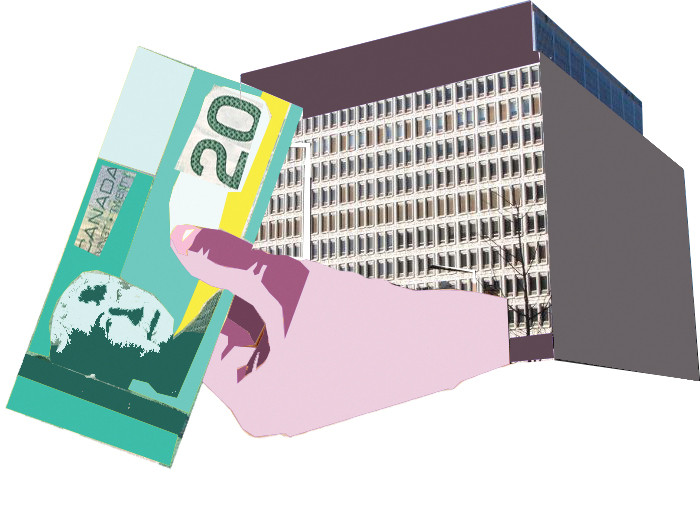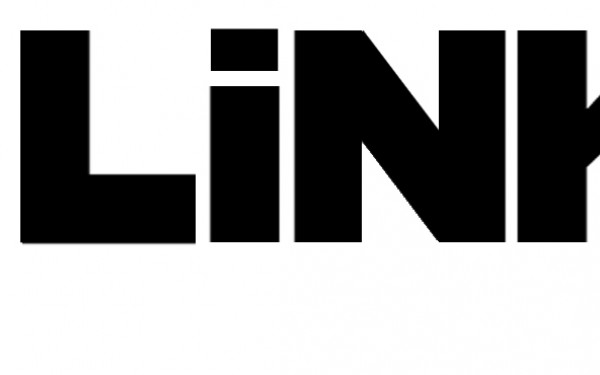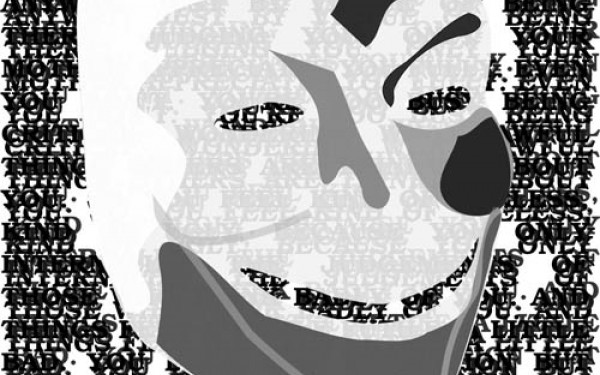Liberal Policy on Student Loans: Small Steps in the Right Direction
Will Trudeau’s Platform of Change Carry on Into His Term as Prime Minister?
As the sun sets on the Harper decade, there are at least a few people who are not sad to see him riding off.
The increased number of students who voted was a huge advantage for the Liberal party as students were more engaged and motivated by the prospect of change. But what will this change mean for students?
The platform of the incoming Liberal government promises to provide some answers to that question. The small section dedicated to post-secondary education was largely ignored by most of the media covering the Liberal campaign. It includes a promise to change the way that student loans are repaid, which might be no small matter for those struggling to meet repayments.
Liberals propose that graduates should only repay the loans after they reach an income threshold of $25,000 a year.
Under the current system, loan payments begin six months following the end of studies, whether you graduate, quit or suspend your studies. It doesn’t matter whether you land your dream job or extend your part-time college gig indefinitely.
There are currently a few ways to defer those payments, but interest continues to accrue and the debt stays with you. Much worse is the prospect of default.
Most students don’t think about repaying their loan when taking it out. For starters, you cannot predict the state of the economy and the health of the job market four years from the start of your studies. Also, most students starting their post-secondary education are still well-programmed to consider education costs as a valuable investment in their own future, as graduates earn more during their lifetimes than non-graduates, according to statistics.
Even if things do work out in the end, the beginning of a graduate’s career journey isn’t often so rosy, with no guarantee that a first job after school will pay enough to leave money left over after such silly little things as rent and food.
Thirteen per cent of students currently default, according to a recent CIBC study. A default on your credit record adds to the declining prospects of being able to obtain a mortgage, in addition to the insane housing prices.
The vast majority of those who end up in student loan default, according to another study by the University of Western Ontario, do so because they earn an annual income of $20,000 or less.
Let’s put that simply. Many of those who take out student loans will not be able to pay them back.
These new proposals for repayment are not untried. Recently implemented in England after originating in Australia, this repayment scheme was brought in as a solution for the tripling tuition fees in English universities. The change represented an attempt by the government to guarantee the claims that education is an investment leading to higher earnings by linking repayment to those potential earnings.
In Australia and England, the tax department collects loan repayments. These are direct payroll deductions, like tax and social contributions, which kick in when you reach the required income threshold. There are no defaults. In England there’s the added benefit of having any unpaid portion of a student loan written off at age 60, for all those people still paying off loans as they near retirement.
If implemented, this system would not bring Canadian students to an immediate utopia. Tuition fees are still high, and are no longer frozen nor indexed to inflation. Student organizations like the Canadian Federation of Students have called for tuition cuts—specifically, for fees to be linked to individual circumstances and their ability to pay. That has always been unlikely to happen and is less likely now.
As was the case in England, the new system could be accompanied by higher tuition fees if the new program requires more money to run than the current one. Money has to come from somewhere, so the government could be tempted to further reduce their direct investment in post-secondary education to cover any increase in the costs of underwriting loans that might not be repaid. It’s also unclear how those covered by the provincially-run but federally-funded Québec aide financière aux études would be affected.
The new proposals do represent change in the right direction. It would put an end to defaults and help control student debt. It would help graduates start their careers without the stress of making loan payments and maintaining a decent credit standing.
The incoming government, elected on this platform of change, will soon be occupied with the business of governing. Once they get started, the Liberals will have a long list of proposed legislation to work.
Considering the scant attention paid to student issues, the promise of reforming the student loan system could easily sink on their list of priorities. Students who voted for change en masse must ensure that it happens, so that change is not just a slogan, but something which makes a tangible difference to their future.



__thumb_600_375_90_s_c1.JPG)

